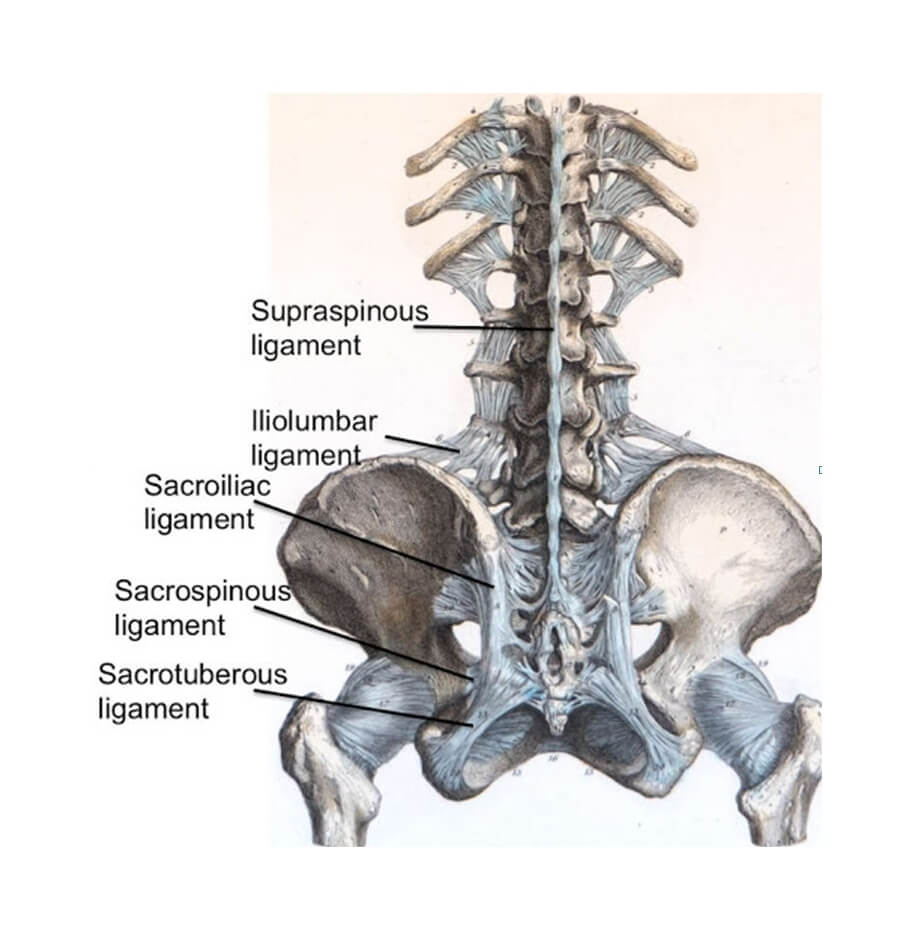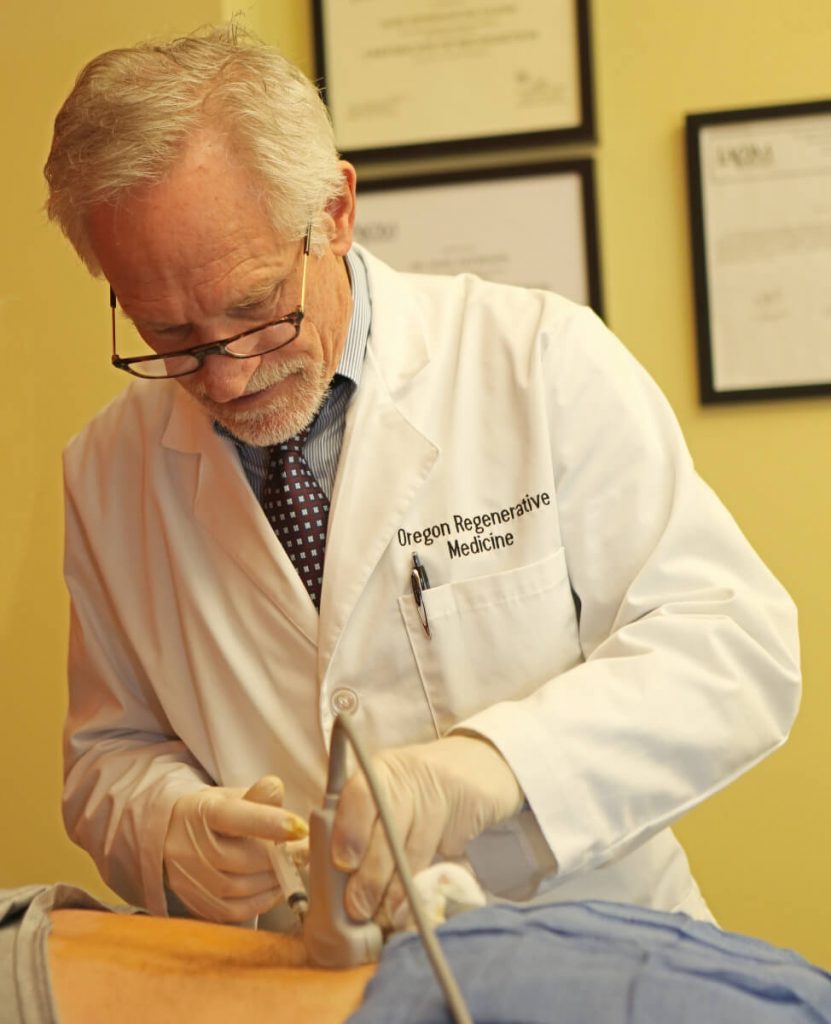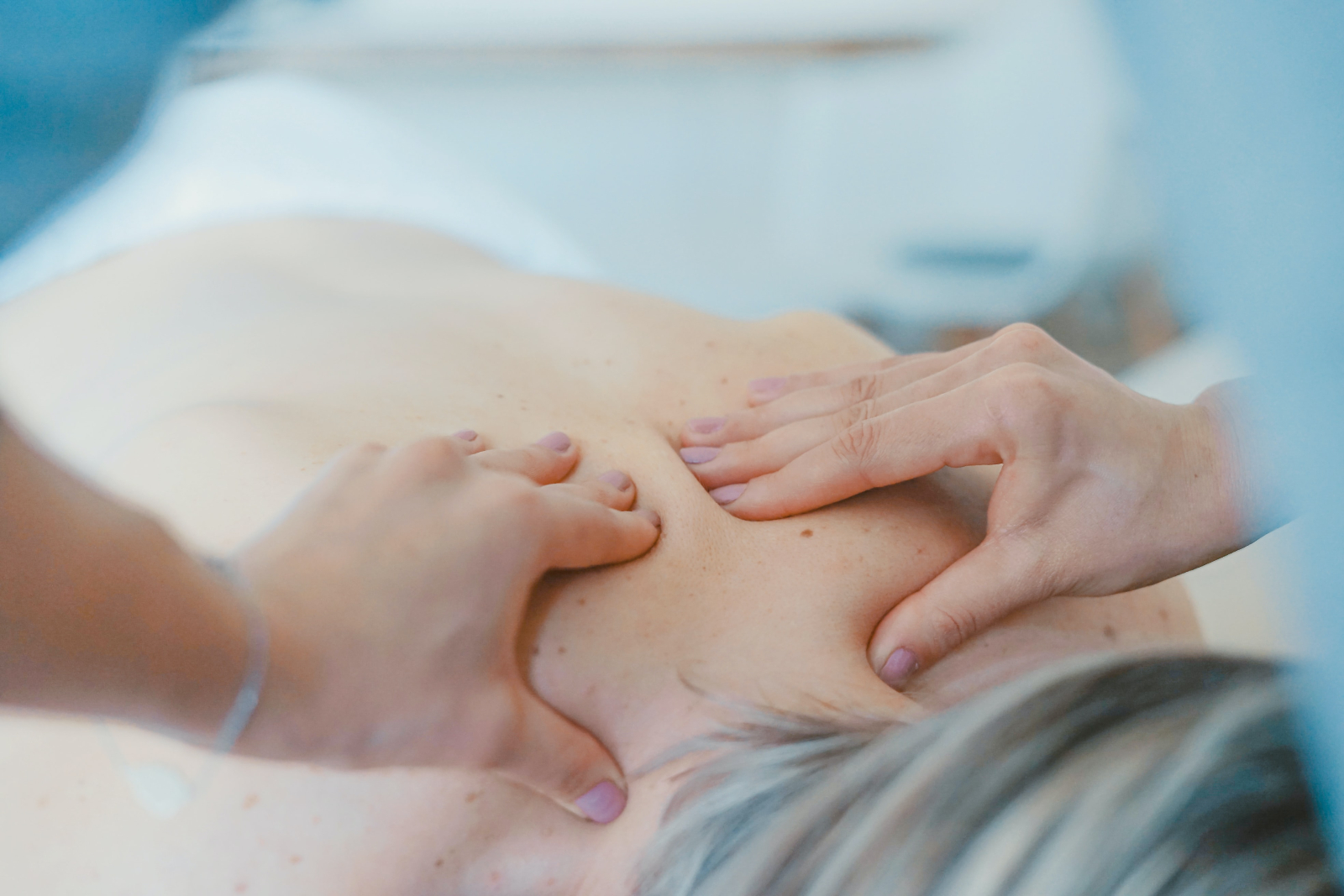The scientific and medical consensus on low back pain is in: It’s complicated. As we all know, it’s also one of the most common ailments in the world and, regardless of one’s clinical focus, is something every medical practitioner encounters on a regular basis. At any given moment, there are about 31 million Americans who suffer from back pain and half of Americans report having had low back pain within the last year. It is the number one cause of disability and missed work worldwide1.
There are many different causes of back pain, from congenital to neurological to mechanical. Effective treatment depends on the correct diagnosis from a skilled practitioner. At ORM, the vast majority of our low back pain patients have suffered for months or years.
The most common causes of low back pain are:
- Sprain/strain of the ligaments/muscles
- Arthritis of the facet joints
- Degenerative disc disease2
All 3 of these causes are effectively treated with prolotherapy and/or platelet rich plasma injections3.
Additionally, chronic segmental ligament laxity can result as a consequence of the above dysfunction and is now known to be related to facet osteoarthritis4, also effectively treated with prolotherapy5.
The common thread through these 3 top conditions is the degeneration or damage of structural connective tissue. Obviously, movement patterns and alignment also play a large role but often contribute to a circular cause and effect loop where damaged tissue causes poor alignment and movement patterns and poor alignment and movement patterns cause more tissue damage. Both must be addressed for effective and long term pain relief.
Studies affirm prolotherapy effectiveness for low back pain
Studies show that:
- PRP injections into the facet joints and surrounding muscular/ligament attachments decreases the pain of chronic back pain by as much as 55%6
- 80% of patients had “good” or “excellent” pain relief from PRP facet injections after 3 months7
- In a study of 145 patients with low back pain found that 89% of patients had an improvement in pain of 50% or better with dextrose prolotherapy8
What’s the mechanism of regenerative injections?

The primary regenerative mechanism—as we currently understand it—is through the stimulation of the body’s healing cascade via growth factor release in specific pathological locations where the injections are placed. There is repair of the ligaments, tendons, and muscles that have undergone chronic micro-injury as well as repair of the cartilage surfaces in the facet joints that degenerate over time and accelerate with injury and segmental laxity. Along with the facet joints, the ligament structures that are commonly targeted are the sacroiliac, lumbosacral, iliolumbar, intertransverse, interspinous, supraspinous, and sacrotuberous.
What about fatty atrophy of the Multifidi?
The multifidus muscles are also commonly targeted if there is evidence of fatty atrophy on MRI and/or US. Though common, fatty degeneration of the multifidi is rarely reported by radiologists. This may be because, until now, little could be done for multifidi atrophy. Studies confirm our results: PRP injections into the multifidus muscles have been shown to significantly reduce low back pain and reverse the muscular atrophy associated with chronic pain9.
An ideal combination of treatments
Conventional treatment recommendations may include ice, rest, and NSAIDs, which we generally do not recommend for most patients because they are purely symptomatic relievers that can hinder your body’s healing response and prolong recovery10. Additional treatment such as physical therapy, chiropractic manipulation, and acupuncture are all excellent options, especially in combination with ultrasound-guided regenerative injection therapy. These are the top therapies we refer patients for during a treatment series. For example, an ideal marriage of all of these therapies is for a patient to receive a chiropractic manipulation in the 1-5 days prior to injection, then do physical therapy in the month between injections and use acupuncture as a pain reliever.

Anecdotally, we routinely see that autologous adipose tissue grafts injected into the lumbar and sacral structures have a similar benefit in the more severe degenerative low back cases. There are fewer scientific trials for adipose grafts in low back pain, but the mechanism remains the same. Our doctors have treated patients whom have previously had spinal fusions and had success in reducing pain by treating all the dysfunctional tissue surrounding the fused vertebrae.
Back pain can be tricky and every person is different
There isn’t one therapy that works for every person every time. However, we know that prolotherapy, PRP, and adipose grafts should be considered for most patients given the prevalence of structural damage as an etiological factor. The evidence will continue to evolve and become increasingly clear. What we see today, however, already abundantly supports ultrasound-guided regenerative injection therapy as a primary tool in providing significant, long lasting pain relief.
References
- American Chiropractic Association (2020). Back Pain Facts And Statistics. acatoday.org.
- Mayo Clinic (2020) “Back pain – Symptoms and causes“. mayoclinic.org
- Suja Mohammed, James Yu, (2018 March 3). Platelet-rich Plasma Injections: An Emerging Therapy for Chronic Discogenic Low Back Pain. J Spine Surg. DOI: 10.21037/jss.2018.03.04. PMID: PMC5911760.
- Kitanaka, Shigeyuki; Takatori, Ryota; et al. (October 2018). Facet Joint Osteoarthritis Affects Spinal Segmental Motion in Degenerative Spondylolisthesis. Clinical Spine Surgery. Volume 31, Number 8, October 2018, pp. E386-E390(5). DOI: https://doi.org/10.1097/BSD.0000000000000674.
- Ross A. Hauser, Johanna B. Lackner, et al. (2016 July 7). A Systematic Review of Dextrose Prolotherapy for Chronic Musculoskeletal Pain. Clin Med Insights Arthritis Musculoskelet Disord. v.9: 139–159. doi: 10.4137/CMAMD.S39160. PMCID: PMC4938120. PMID: 27429562.
- Marc Darrow, Brent Shaw, et al. Tsai-Ching Hsu (Reviewing editor) (2019 February 11) Treatment of unresolved lower back pain with platelet-rich plasma injections, Cogent Medicine, 6:1, DOI: 10.1080/2331205X.2019.1581449
- Wu J, Du Z, Lv Y, et al. (Nov-Dec 2016). A New Technique for the Treatment of Lumbar Facet Joint Syndrome Using Intra-articular Injection with Autologous Platelet Rich Plasma. Pain Physician. 2016;19(8):617-625. PMID: 27906940
- Hauser R, Hauser M (2009). Dextrose Prolotherapy for Unresolved Low Back Pain: A Retrospective Case Series Study. Journal of Prolotherapy. 1(3):145-155.
- Mohamed Hussein, and Tamer Hussein (2016 Mar 22). Effect of autologous platelet leukocyte rich plasma injections on atrophied lumbar multifidus muscle in low back pain patients with monosegmental degenerative disc disease. SICOT J. 2: 12. doi: 10.1051/sicotj/2016002. PMCID: PMC4849261. PMID: 27163101
- Paoloni JA, Milne C, Orchard J, et al. (2009 June 21). Non-steroidal anti-inflammatory drugs in sports medicine: guidelines for practical but sensible use. British Journal of Sports Medicine. 43:863-865.



